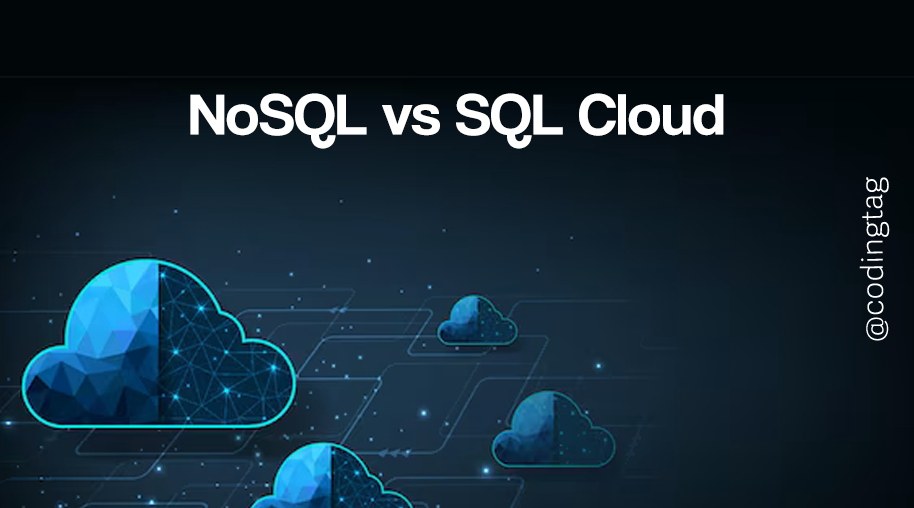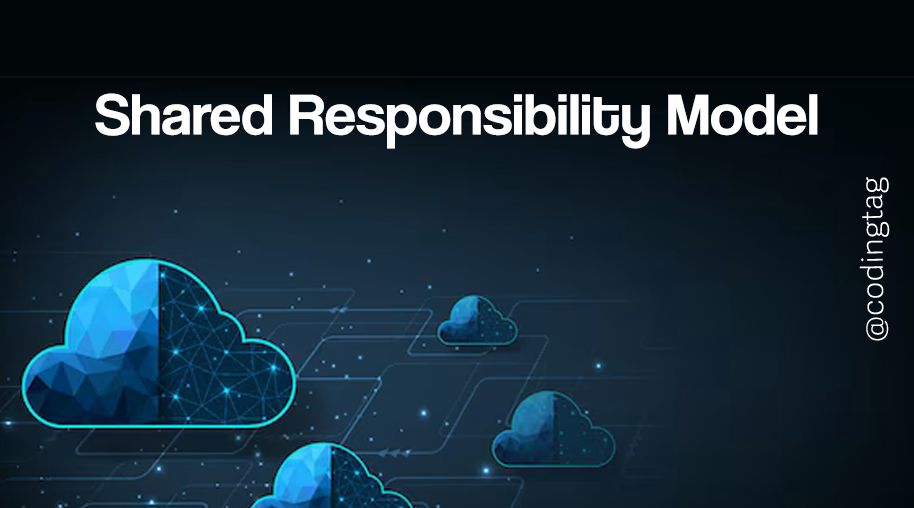Cloud Load Balancing
0 814
Cloud Load Balancing
In the modern digital era, applications are expected to be fast, scalable, and always available. That’s where Cloud Load Balancing comes into play. It's a critical component in cloud architecture that distributes incoming traffic across multiple servers to optimize performance and prevent system overloads.
This topic dives deep into how cloud load balancing works, its types, and real-world use cases.
🌍 What Is Load Balancing in the Cloud?
Cloud Load Balancing is the process of distributing workloads across multiple computing resources—like virtual machines, containers, or backend services—hosted in the cloud. It ensures that no single server bears too much load, enhancing both performance and reliability.
Benefits of Cloud Load Balancing:
- Improves application availability and fault tolerance
- Automatically scales with traffic
- Minimizes latency and optimizes response times
- Protects against DDoS by spreading attack traffic
⚙️ Types of Cloud Load Balancing
There are several types of load balancers, depending on the layer and method of traffic distribution:
- Layer 4 Load Balancer (Transport Layer): Routes traffic based on TCP/UDP information.
- Layer 7 Load Balancer (Application Layer): Makes decisions based on content of HTTP/HTTPS requests (e.g., URL path, headers).
- Global Load Balancer: Distributes traffic across regions or data centers.
- Internal Load Balancer: Handles traffic inside a private network, not exposed to the public.
☁️ Cloud Provider Examples
AWS Elastic Load Balancing (ELB): Offers Application Load Balancer (ALB), Network Load Balancer (NLB), and Gateway Load Balancer.
aws elb create-load-balancer \ --load-balancer-name my-loadbalancer \ --listeners Protocol=HTTP,LoadBalancerPort=80,InstanceProtocol=HTTP,InstancePort=80 \ --availability-zones us-east-1a us-east-1b
Google Cloud Load Balancing: Offers global, scalable L7 and L4 load balancers with built-in autoscaling.
gcloud compute forwarding-rules create my-rule \ --global \ --target-http-proxy my-proxy \ --ports 80 \ --address my-ip
Azure Load Balancer: Offers public and internal L4 load balancers.
az network lb create \ --resource-group myResourceGroup \ --name myLoadBalancer \ --frontend-ip-name myFrontEnd \ --backend-pool-name myBackEndPool
📊 How Load Balancing Works
Cloud load balancers operate using algorithms to decide how traffic should be routed. These algorithms include:
- Round Robin: Requests are distributed sequentially across all servers.
- Least Connections: New requests go to the server with the fewest active connections.
- IP Hash: Distributes based on client IP addresses to maintain session persistence.
🔒 Load Balancing and Security
Load balancers can act as the first layer of defense in your cloud security strategy. Most modern cloud balancers:
- Support SSL/TLS termination
- Protect against DDoS attacks via built-in throttling
- Integrate with Web Application Firewalls (WAFs)
- Offer secure health checks to verify backend health
🔁 Load Balancer Health Checks
Health checks monitor the status of your backend resources. If a server fails, traffic is rerouted to healthy instances to maintain availability.
Example AWS CLI Health Check Configuration:
aws elb configure-health-check \ --load-balancer-name my-loadbalancer \ --health-check Target=HTTP:80/index.html,Interval=30,UnhealthyThreshold=2,HealthyThreshold=2,Timeout=5
🚀 Real-World Use Cases
- High-Traffic Web Applications: Handle spikes during product launches or viral campaigns.
- Microservices Architectures: Distribute requests between different service endpoints.
- Disaster Recovery: Redirect traffic to healthy regions if a data center fails.
- Hybrid Cloud Environments: Load balance between on-premises and cloud infrastructure.
🧠 Best Practices
- Always enable health checks for fault tolerance
- Use auto-scaling in combination with load balancing
- Encrypt traffic with SSL/TLS certificates
- Monitor performance with tools like AWS CloudWatch or Azure Monitor
📌 Conclusion
Cloud Load Balancing is essential for any scalable, reliable, and secure cloud-based application. Whether you're deploying on AWS, Azure, or Google Cloud, load balancers ensure smooth traffic distribution, faster response times, and maximum uptime.
By leveraging built-in features like autoscaling, health checks, and SSL termination, you can design highly available systems ready to handle real-world traffic demands.
If you’re passionate about building a successful blogging website, check out this helpful guide at Coding Tag – How to Start a Successful Blog. It offers practical steps and expert tips to kickstart your blogging journey!
For dedicated UPSC exam preparation, we highly recommend visiting www.iasmania.com. It offers well-structured resources, current affairs, and subject-wise notes tailored specifically for aspirants. Start your journey today!

Share:







Comments
Waiting for your comments